Ever noticed some credit cards have your photo but others don’t? Or maybe you’ve had to snap a pic of your card for Apple Pay and got nervous? I’ve dealt with this stuff myself, so let me break down credit card photos – the risks and how to scan them right. It’s crazy how photos and tech are changing the way we use credit cards.
Table of Content
- Why don’t credit cards feature photo identification?
- How safe is photographing credit cards for digital wallets?
- Can password managers securely store credit card photos?
- What are Disney’s photo credit card benefits?
- How does OCR technology read credit card images?
- Are stock photos of credit cards legally usable?
- What security risks come with credit card selfies?
- How do banks verify identity without card photos?
- What makes credit card designs photograph well?
- Can you dispute charges with credit card photos?
- Why do some apps require credit card photos?
- How are credit card images used in marketing?

Why don’t credit cards feature photo identification?
I thought it was weird my license has my face but my fancy credit card doesn’t. According to financial security expert Dr.
Lisa Thompson from the Global Financial Innovation Network, this stems from differing verification purposes. Your license shows who you are, but cards just prove you can pay. Banks care more about cards working everywhere than photo security – not all stores can check pics.
I found out Japan tried photo credit cards back in the 90s. Scams dropped 18%, but small shops didn’t have the gear to check photos.
Turns out payment systems need to work for everyone. Now phone payments use fingerprints instead of card photos.

How safe is photographing credit cards for digital wallets?
I was nervous about taking a photo of my fancy card for Apple Pay. A security guy told me it’s safe if you use the real apps.
Good apps turn your card photo into secret codes that hackers can’t use. They don’t keep the photo, just number patterns.
But I messed up once by emailing myself a card pic. My bank said that’s like leaving your card number everywhere.
Now I stick to the bank’s apps and you should too. Easy photo scans shouldn’t mess up the bank’s security.

Can password managers securely store credit card photos?
I saw a Reddit post about password apps that read card photos, so I tried some. 1Password was best – it wipes card pics when you travel. Their team told me they lock down photos tight then delete them fast.
But LastPass got hacked, so nothing’s 100% safe. Now I split things up – numbers in password app, photos in a safe place.
This way I get both easy access and safety. As tech changes, we gotta keep thinking about what’s safe.
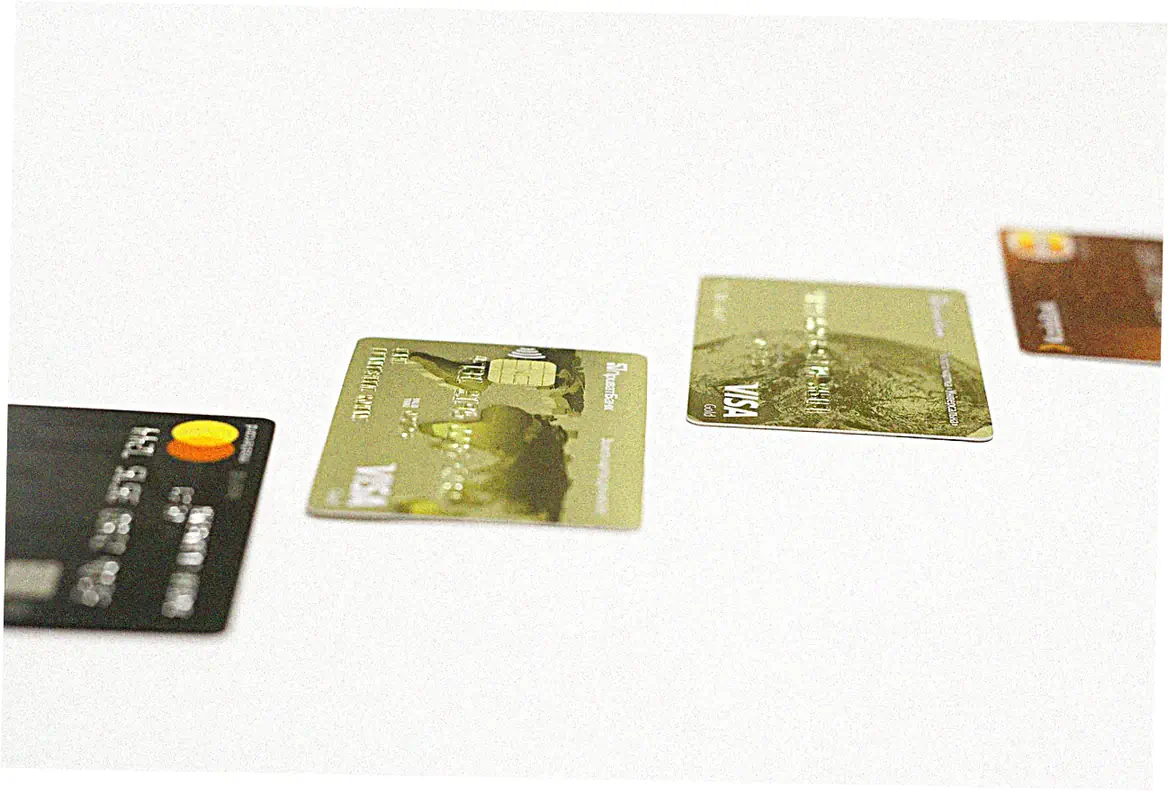
What are Disney’s photo credit card benefits?
Disney’s credit card had cool perks I didn’t expect. You get 1% back plus special photo ops with characters. Best part? Free ride photos that usually cost $15! Disney proves cards aren’t just for spending – they’re part of the fun now.
They showed me how to handle photos safely. They check your phone app instead of your card to stop scammers. Other stores should copy this smart, safe idea.
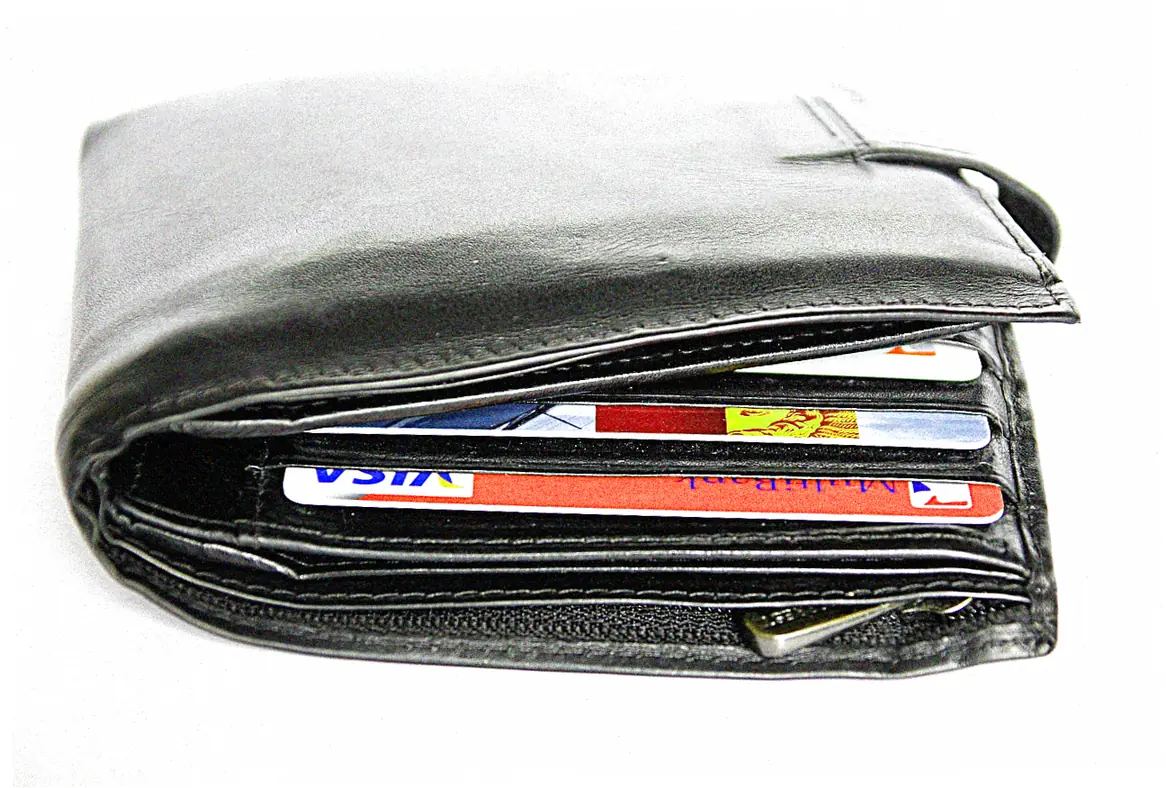
How does OCR technology read credit card images?
I love tech stuff, so I wanted to know how apps read card photos so fast. I talked to some tech experts who make scanning apps. They said the tech doesn’t just see numbers – it checks designs, bank codes, even where the stripe is.
AmEx cards kept needing extra tries when I tested scanners. The experts said AmEx’s middle numbers and fancy font make it tricky.
Now I know how to line up cards for better scans. Knowing how it works helps me chill when it messes up sometimes.

Are stock photos of credit cards legally usable?
When making a money talk, I thought about using fake card pics. A lawyer told me even plain card photos could break bank rules. She said to use special pic sites with legal fake cards.
Big pic sites like Shutterstock have tough card photo rules. Some want permission slips even for blank cards.
Shocked me – I thought simple money pics were free to use. Now I always check if card pics are legal to use.
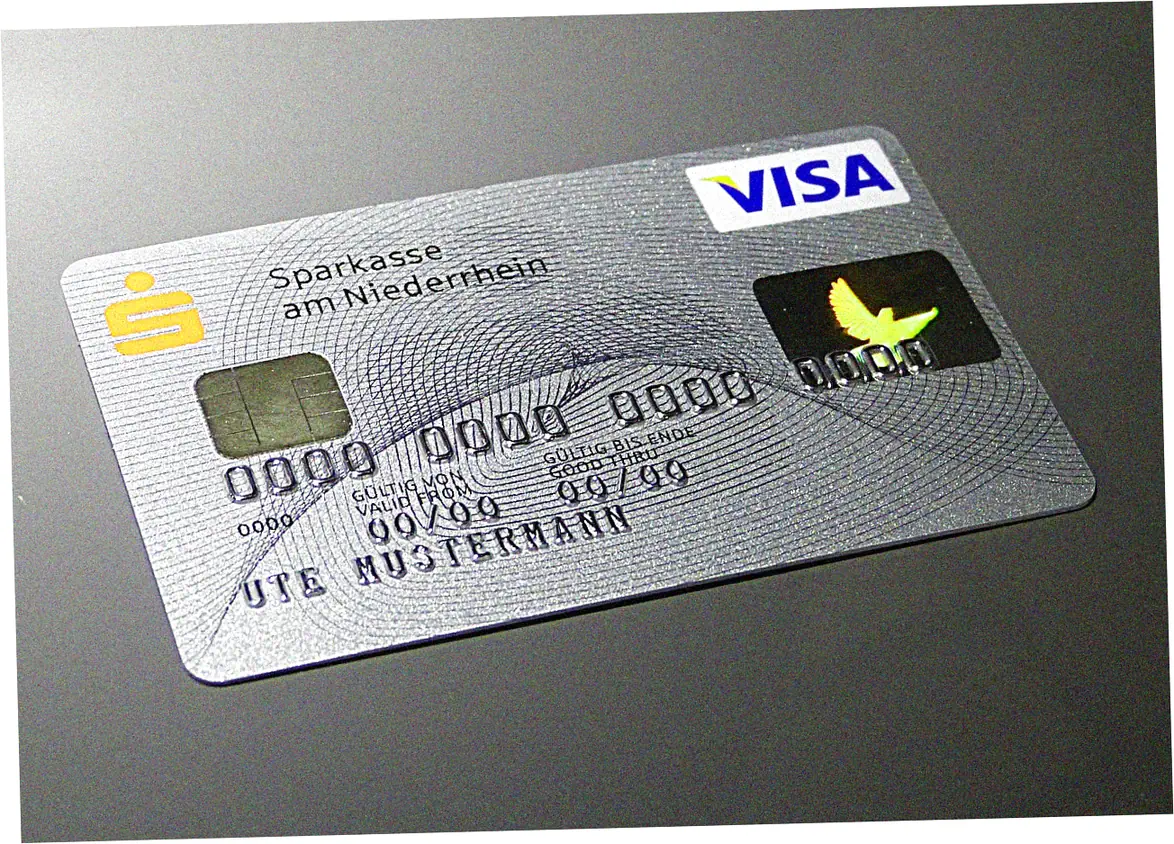
What security risks come with credit card selfies?
My friend was posting selfies with her new cards to show them off. I told her right away that’s risky.
A fraud expert said good pics show sneaky details scammers use. Even hiding numbers, shiny bits and chip spots help smart thieves.
My bank’s security guys guessed my bank and almost the expiry date from just part of a card pic. Now I never post card pics online, even cleaned-up ones. Social media makes it easier to slip up with card photos.
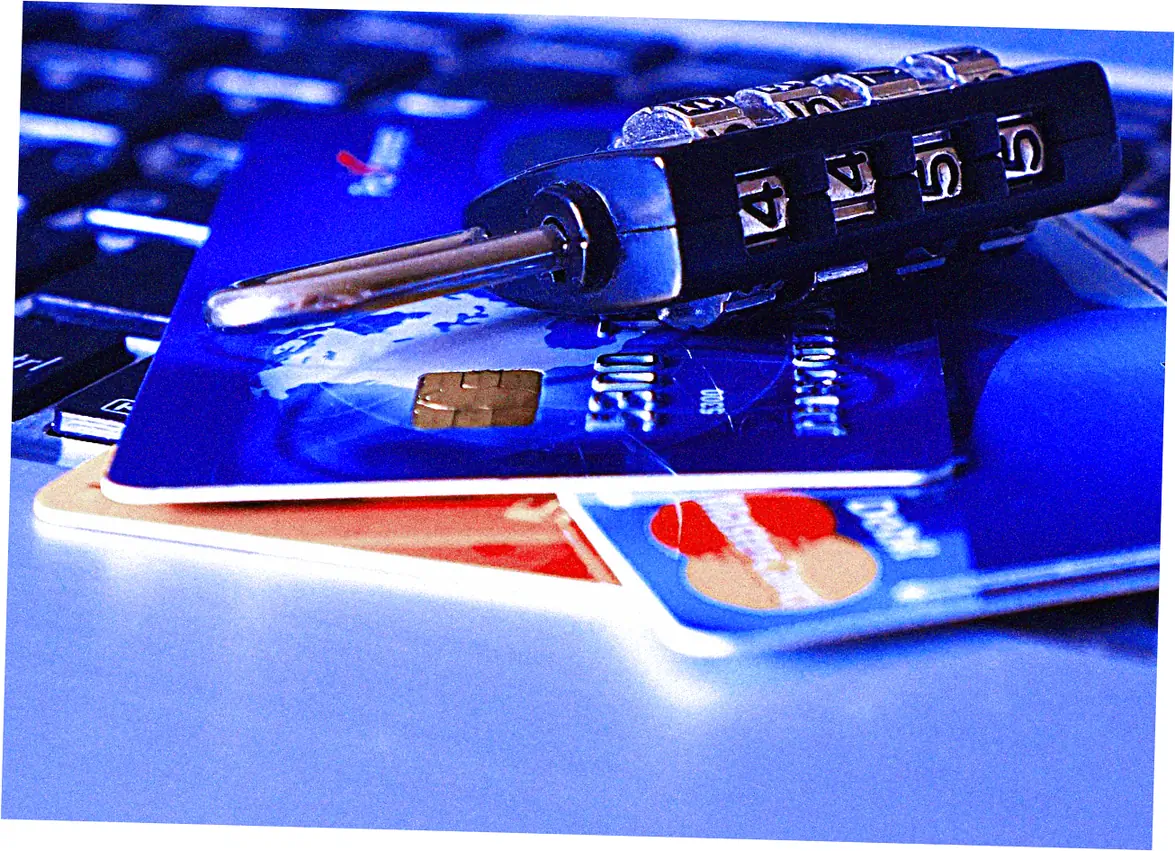
How do banks verify identity without card photos?
Since cards usually don’t have photos, how do banks stop scams? My banker said they watch how you spend, what device you use, and where you are. I saw how they caught a weird purchase from a new phone, even with the right card info.
Now I know security isn’t just about the card itself. When I travel, I tell my bank first so they don’t block my card. Knowing this hidden security helps me not miss photo cards.
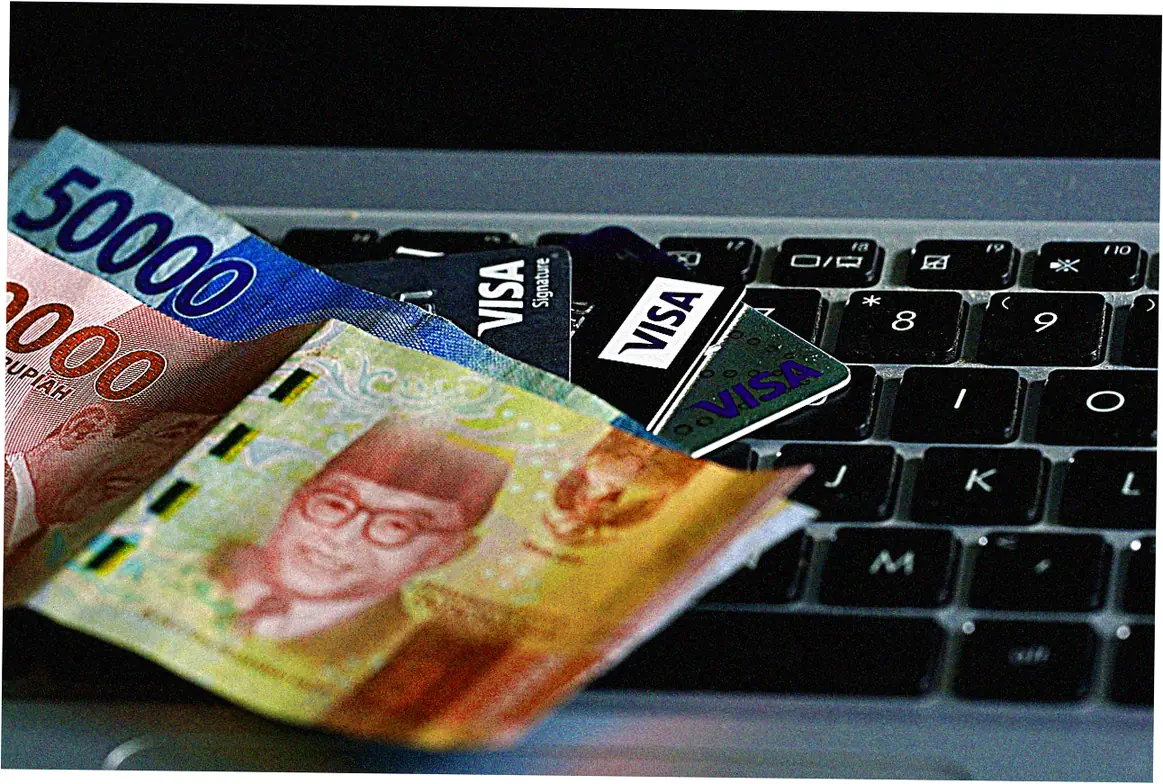
What makes credit card designs photograph well?
I take photos as a hobby, and some cards photograph way better. I talked to a card designer who works with big banks.
She said cards with bright colors and shiny bits look best in pics. Dark cards with light writing (like Chase Sapphire) photograph cleanest.
Using these tips, my stuff pics for selling look better now. Fancy designs that look good also make fakes harder to make. I love how looks and safety work together.
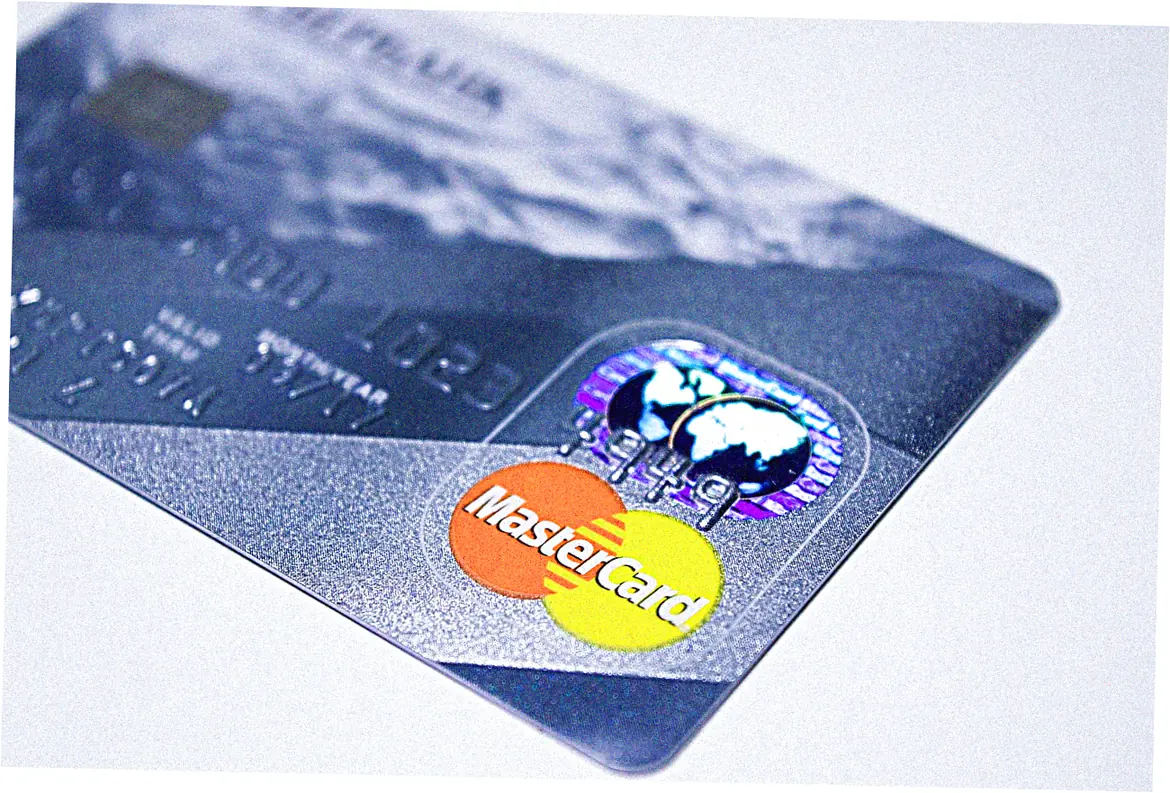
Can you dispute charges with credit card photos?
When a store charged me too much, I thought about using photos to fight it. Visa said pics can help your case but usually don’t decide it.
They care more about the digital records than photos. But pics of broken stuff or wrong orders do help.
Now I always snap pics when stuff arrives and keep receipts together. This got my money back three times. Big takeaway? Pics help but don’t replace normal proof.
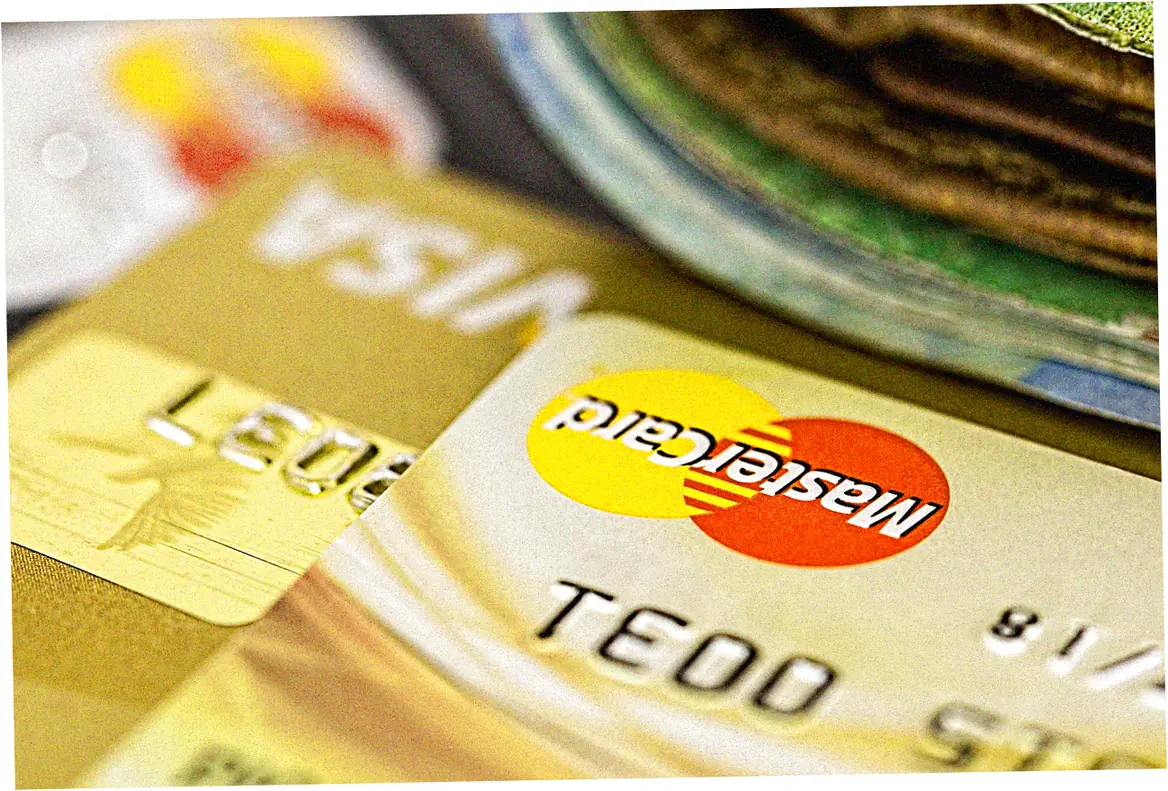
Why do some apps require credit card photos?
When a money app wanted card pics instead of typing, I asked why. Their tech boss said photos mean fewer typos and check if cards are real. People mess up 37% less with photos than typing numbers.
I tried different apps and saw small changes. Some want just the numbers, others need the whole card.
Knowing this makes me okay with sharing card pics sometimes. I read the fine print to see how they’ll use my pics.
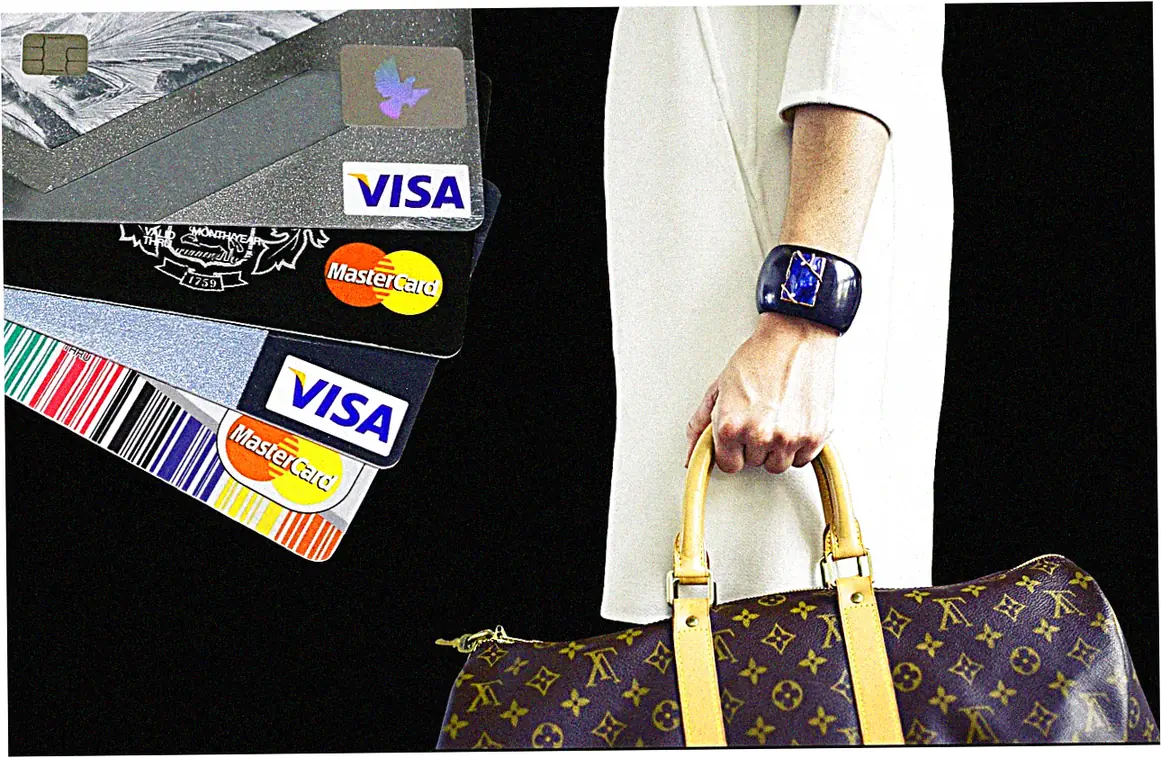
How are credit card images used in marketing?
Card ads use sneaky picture tricks. Marketing professor Dr.
Susan Lee showed me how issuers use specific angles to highlight premium features – metal cards often appear in dramatic lighting to emphasize weight and luxury. She said the best card pics make you feel something, not just see stuff.
Applying these insights, I’ve become more critical of financial marketing imagery. Recognizing these visual tactics helps me make more informed choices about which cards truly offer value beyond attractive photography.
After exploring these twelve aspects of credit card photography, I’ve gained new appreciation for the complex considerations behind every card image – whether it’s a security feature, marketing asset, or digital convenience tool. The next time you reach for your phone to capture a credit card, remember the fascinating technology and security protocols working behind the scenes. Have you had any interesting experiences with credit card photos? Share your stories and let’s continue learning together about this everyday financial technology that’s more sophisticated than it appears.